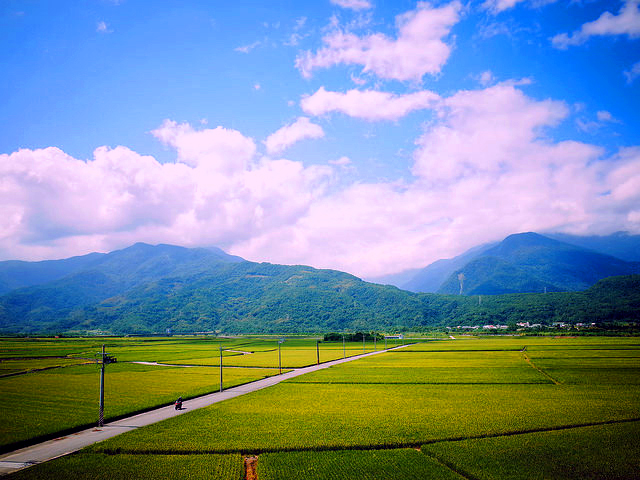Marine seagrass meadows show resilience to ‘bounce back’ after die-offs
A study in Florida Bay, one of the largest global contiguous seagrass systems, examined if a phytotoxin that accumulates as seagrass ecosystems become more enriched in nutrients prevents a marine seagrass, turtlegrass, from recruiting into open bare sediment following die-off events. While they do ‘bounce back,’ long-term monitoring indicates the timeframe for recovery after major die-off events is at least a decade. Turtlegrass can successfully recruit into open bare sediment following die-off events due to biomass partitioning.
Read Original Article: Marine seagrass meadows show resilience to ‘bounce back’ after die-offs »


